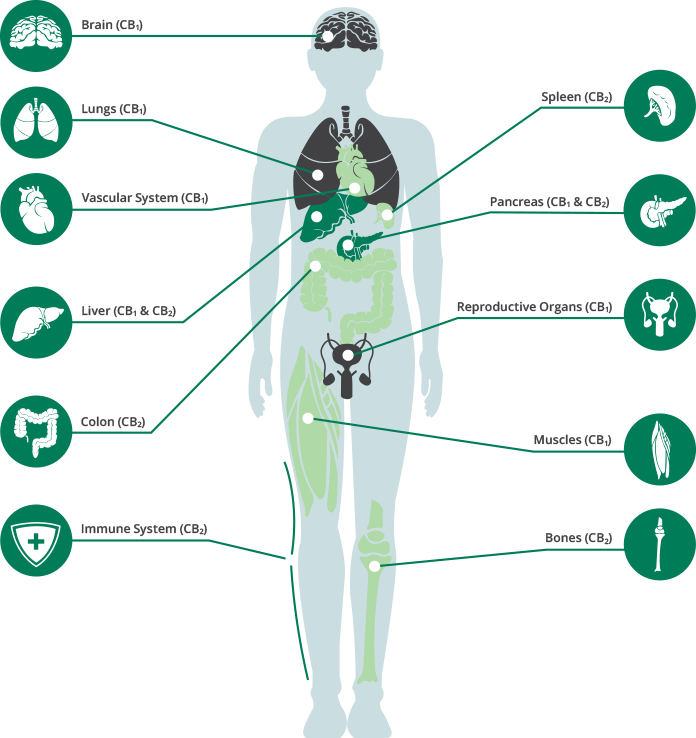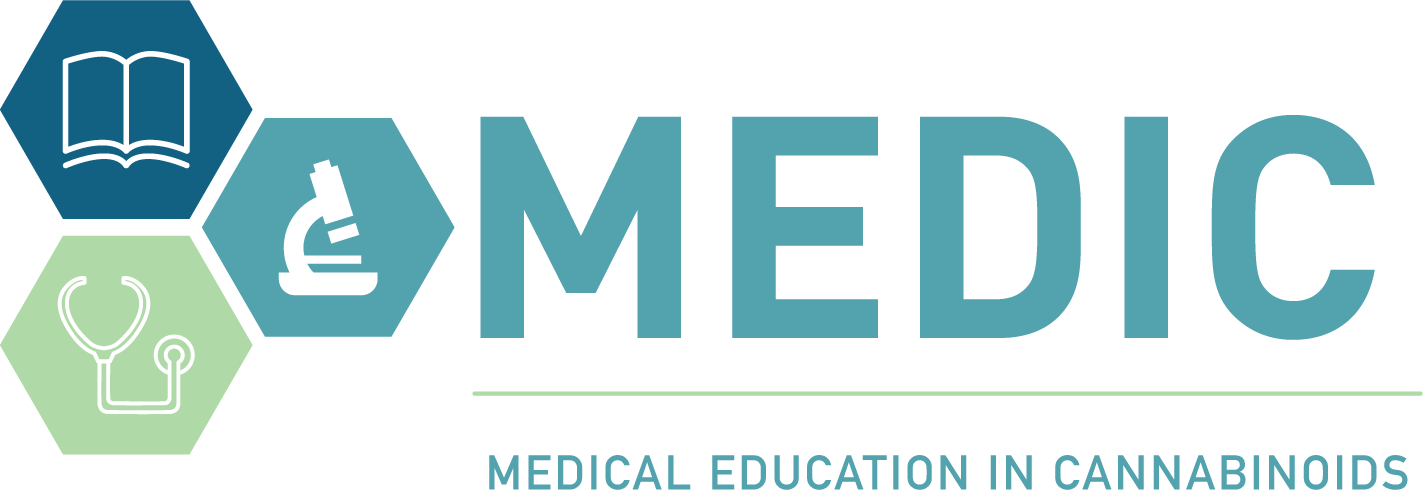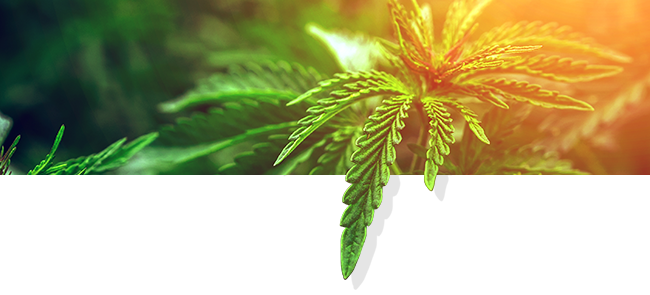![]()
A brief history of medicinal cannabis
The plant cannabis (also known by the names marijuana / marihuana, ‘weed’, ‘pot’, ‘hash’ and many others) has a long history as a food, resource and medicine in human culture, with records stretching back over 4,000 years – making it one of the oldest medicines on record.1,2 It’s thought to have originated in Central Asia and was used by nearly all known ancient cultures, including Egyptian, Greek, Roman, Indian and Chinese societies.3






